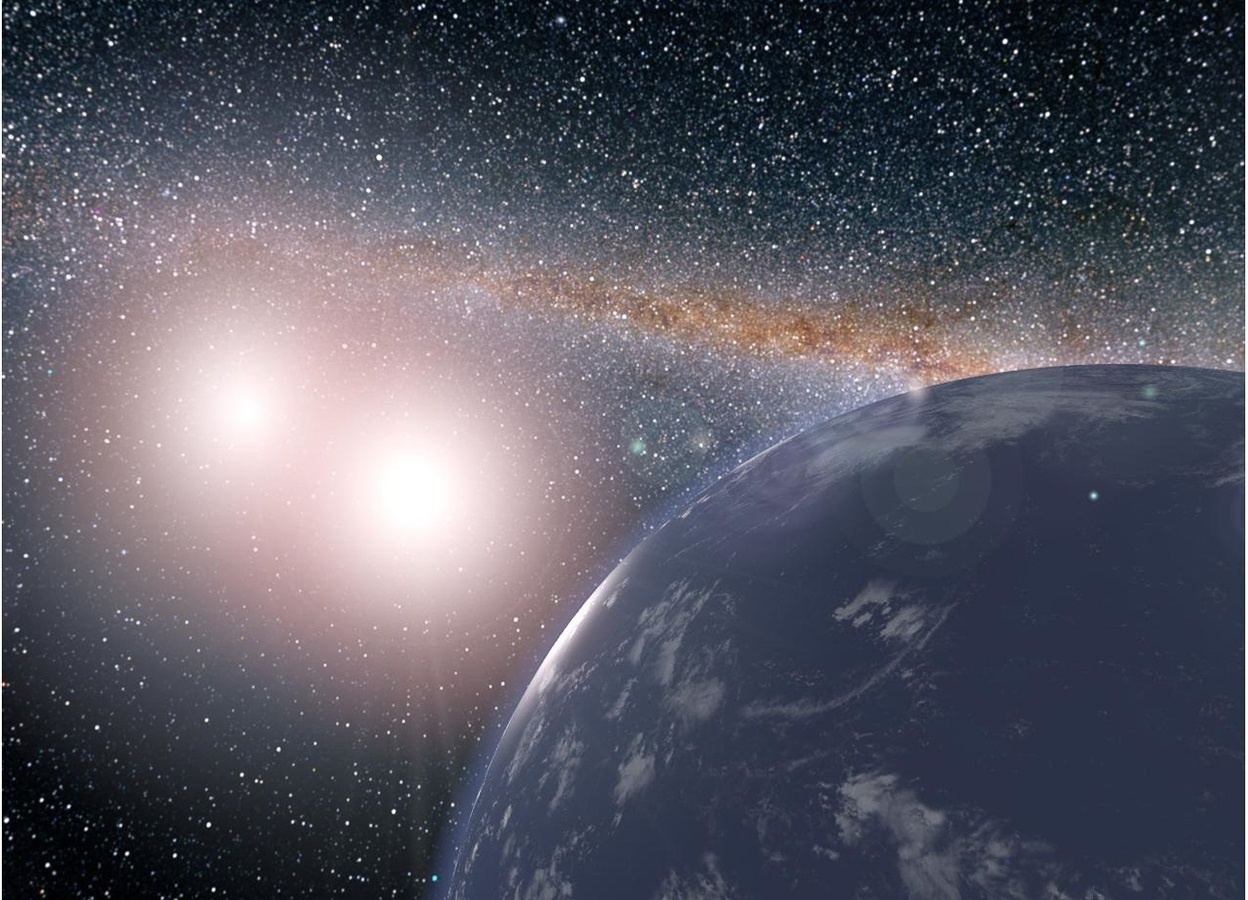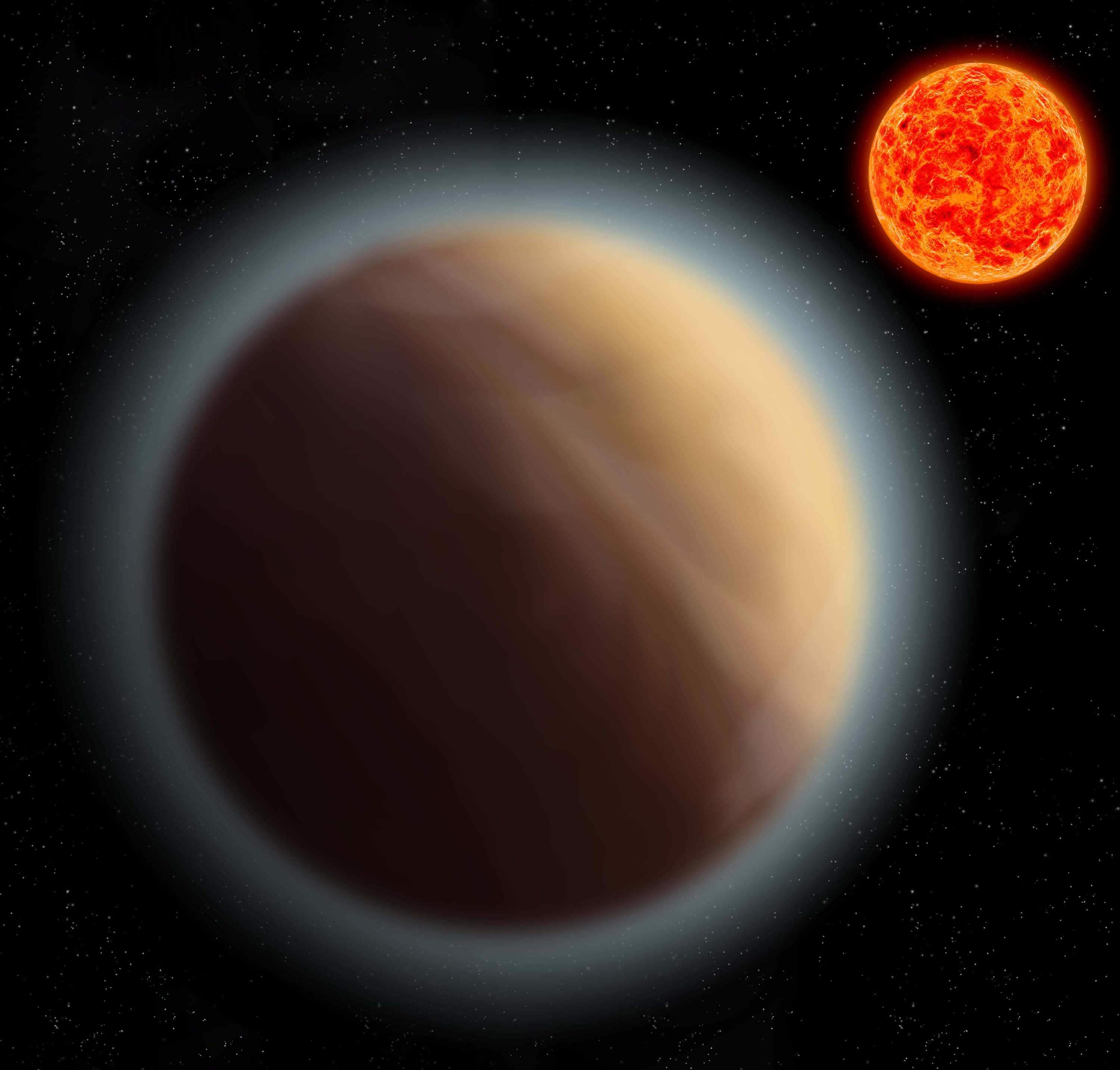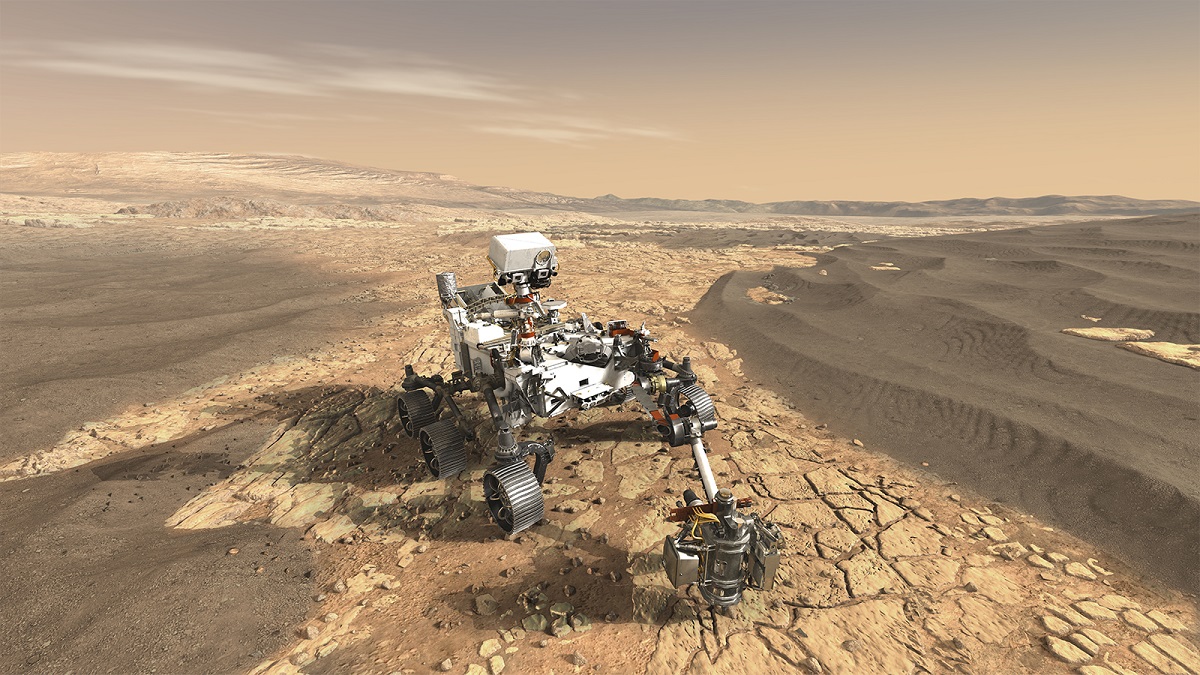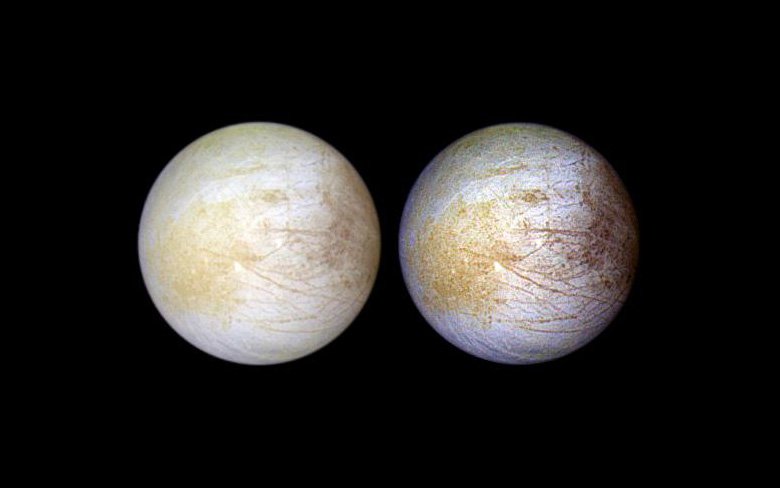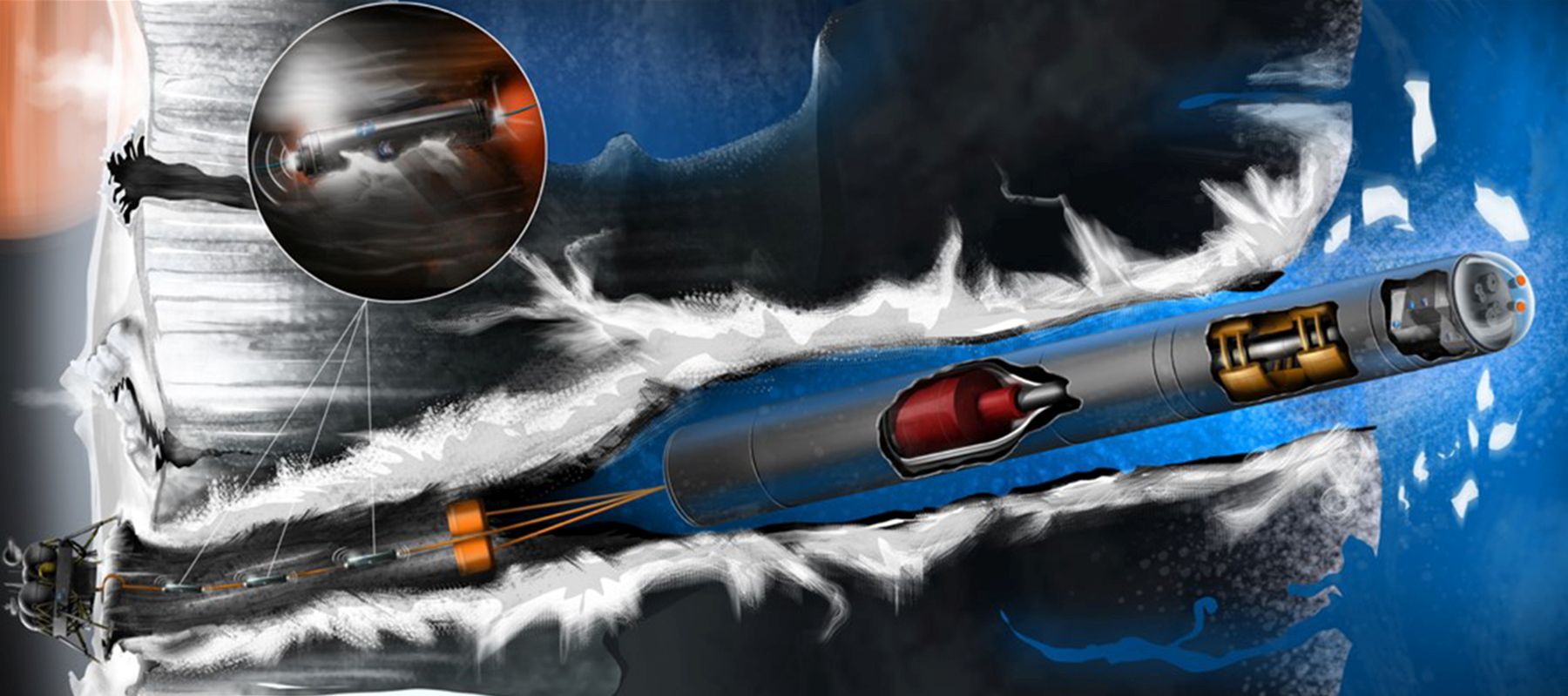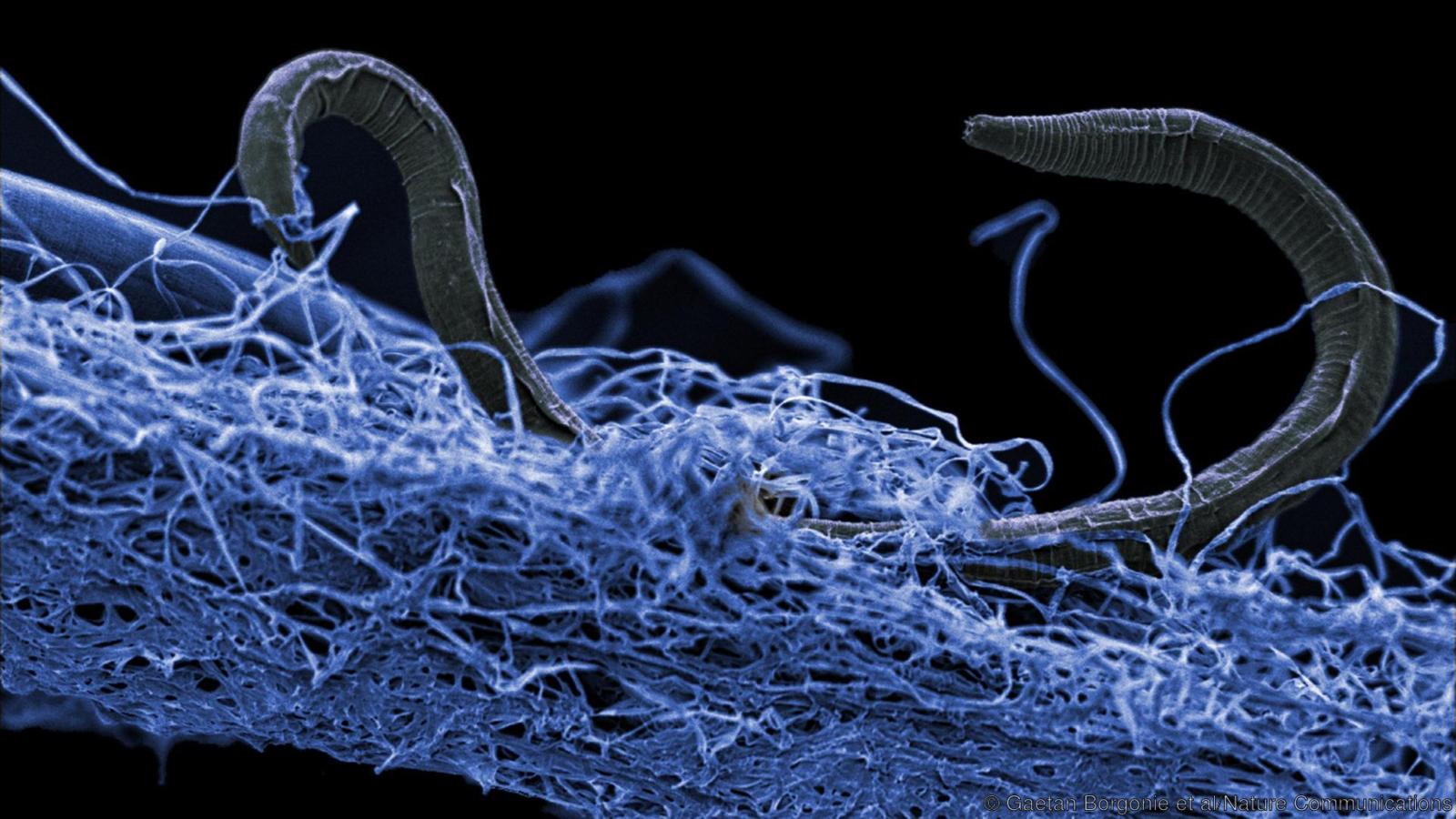The detection of phosphine in Venus’ atmosphere was one of those quintessential moments in space science. It was an unexpected discovery, and when combined with our incomplete understanding of planetary science, and our wistful hopefulness around the discovery of life, the result was a potent mix that lit up internet headlines.
As always, some of the headlines were a bit of an over-reach. But that’s the way it goes.
At the heart of it all, there is compelling science. And the same, overarching question that keeps popping up: Are we alone?
Continue reading “Maybe Volcanoes Could Explain the Phosphine in Venus’ Atmosphere”


